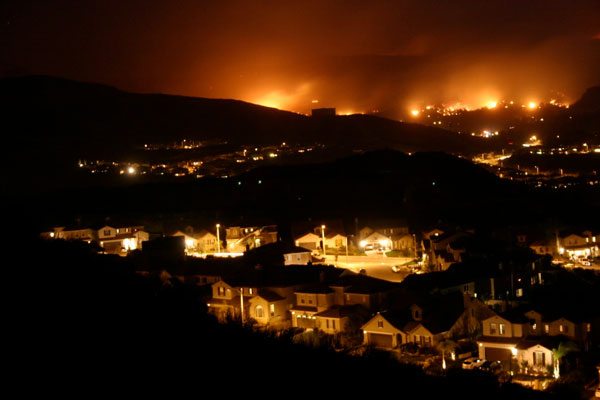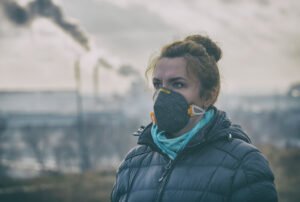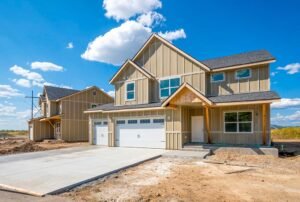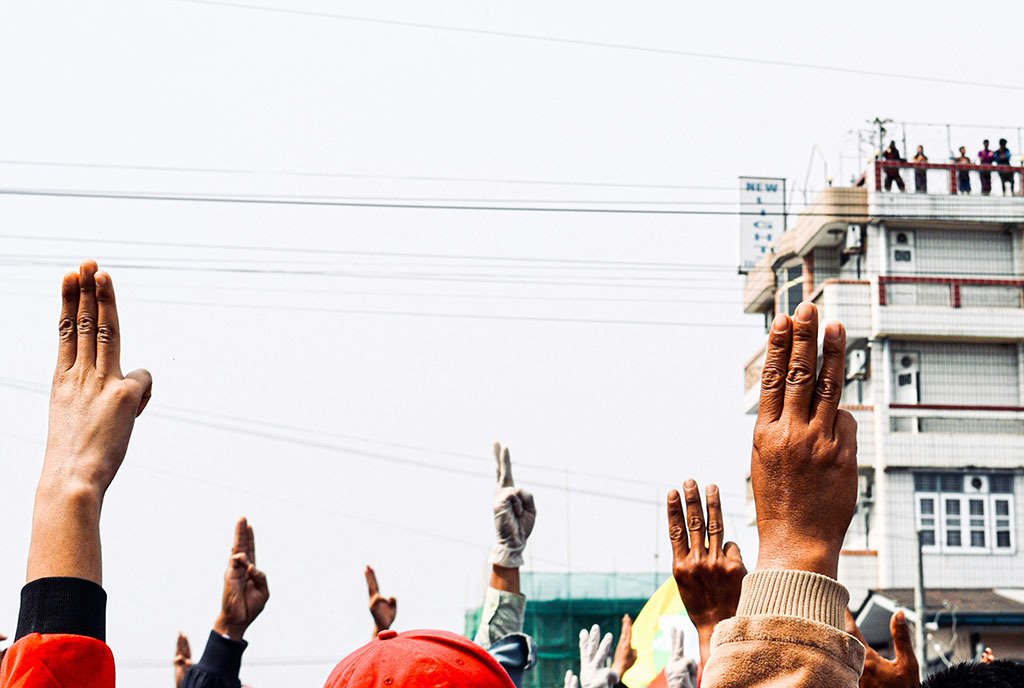
December 16, 2017; Los Angeles Times
In many places, “fire season” is now an annual event. For homeowners and planners at all government levels, the challenges are real and daunting. People have moved from urban centers into areas increasingly susceptible to forest fires. The reasons for this move vary from seeking affordability to buying luxury homes with breathtaking views, but regardless of reason, the risk goes up. Climate change has also pushed fire danger into neighborhoods once thought of as safer. As the cost of protecting life and property escalates year upon year, how should public policy adjust?
Front and center here are communities up and down the state of California. According to an article in last week’s Los Angeles Times, “the state has seen its most destructive year of wildfires in its history, with more than 15,000 structures damaged or destroyed and more than 45 people killed. Researchers warn that 2017 is a sign of what’s to come as the effects of a warming climate and unchecked wildlands development converge.”
The old response model is to rebuild what has been destroyed. Doing so prioritizes the freedom to live where one chooses. Some experts, though, now challenge us to create a new paradigm. Char Miller, professor of environmental analysis at Pomona College, told the L.A. Times that public policymakers need to take a drastically new approach.
I think what’s next is that every mayor, every town council and city planning board, has to take this really seriously. I would tell a zoning commission in Claremont or wherever, “Buy up the land before it gets built. And if a fire comes through, buy up the land so it won’t burn again.”
On the other hand, Tennis Wick, director of the Permit and Resource Management Department in Sonoma County, says this is not the right response, even in the face of the growing impact of fires: “I think that is an incredibly insensitive and impractical suggestion. We are respecting people’s property rights, and we will be doing everything possible to help people get back into their properties as soon as possible.” New homes, Wick says, will be far more resistant to fire than the ones they’ll replace.
Sign up for our free newsletters
Subscribe to NPQ's newsletters to have our top stories delivered directly to your inbox.
By signing up, you agree to our privacy policy and terms of use, and to receive messages from NPQ and our partners.
Donald Falk, fire specialist with the University of Arizona’s School of Natural Resources and the Environment, captured the difficult choice now on policymakers’ agendas: “It’s a wicked dilemma, for sure. We at least like to think that we take care of people who have been exposed to disaster. Does that compassion lead us to simply do the same dance over and over again?”
If we do continue to allow individuals to rebuild or build anew on fire-prone property, who should bear the cost? Should those choosing to build in harm’s way be asked to pay fully for the cost of rebuilding and protecting them in the future? Should their taxes and insurance costs be adjusted to place any financial risk solely on their tab? Or should the costs be shared among the taxpayers of the government unit that approves a building’s construction, without additional funding from state or federal resources? Leaving it as it is today means much of the cost is borne by the public at large.
Gregory L. Simon, professor in the University of Colorado at Denver’s department of geography and environmental sciences, recommends limiting fire danger by more closely connecting the costs to the individual and those who benefit from building and rebuilding:
“We take profit from the landscape, big construction contracts, cities generating massive amounts of tax revenue. Simultaneously to generating profits, we’re generating risk and vulnerability.” [Simon recommends actions that will] reverse the economic pressure, everything from taking tracts of land at the urban periphery out of development, conservation easements…promoting higher insurance rates for homes built in high-risk areas such that the demand would go down.
Such an approach might reduce overall risk and focus financial responsibility in a more targeted way, but it’s also another way communities become more economically segregated. At a time when middle class and low-income residents are being driven from city centers by high costs, limiting available housing in what were less expensive areas because of a new way to share the costs of fire protection will make life even more difficult.
As the 2017 fire season passes, these questions of what comes next for the hundreds of property owners whose homes have been damaged or destroyed and for the hundreds of square miles that have been burned will need to be decided. Not easy or pain-free, but the answers will have an impact on all of us.—Martin Levine












